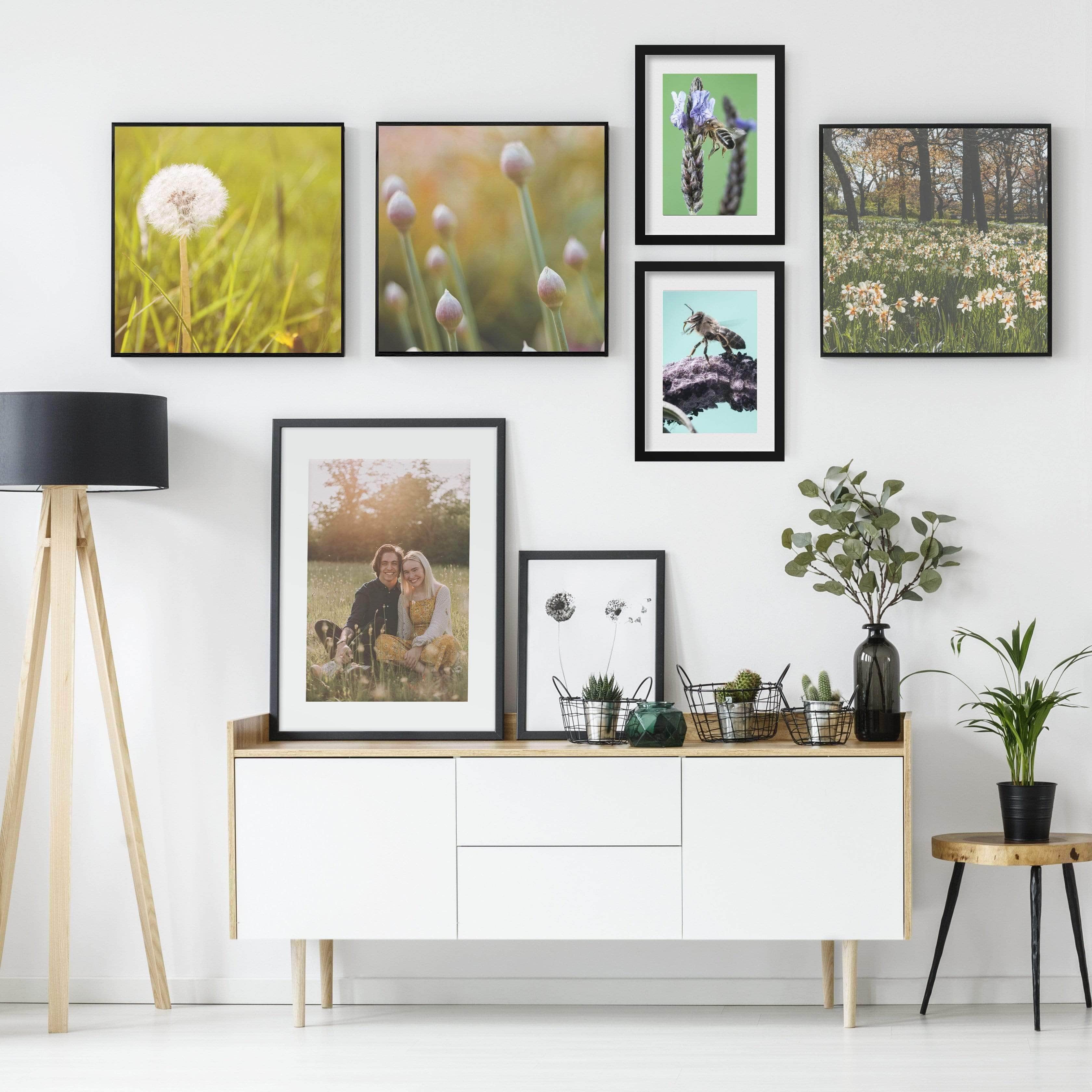Red-eye. Motion blur. Underexposed. Overexposed. If you don’t understand your camera or the basics of photography, there is a lot that can go wrong when trying to capture holiday photos. But it doesn’t need to be that way! By making a few minor changes to the way you shoot, like altering your position slightly or by turning your flash off and a light on, you can capture photos that you’ll be proud to share with your friends and family. Here are my top 10 holiday photography tips for beginners, and if you’re really interested in learning more about what’s discussed here, each tip will provide you with a link to a more in-depth article so you can really master your photography skills.
1. Understand Your Camera (At Least a Little Bit)
You’ll have a lot more shooting options if you take some time to understand how to properly operate your digital camera. The more you know, the better. With that being said, the holidays are a busy time of year and I can appreciate that you may not have the time to really dig into that manual or For Dummies book. Digital Camera Scene Modes: What Do All Those Scene Modes Mean? will provide you with an explanation on what all the various camera modes will do for you. Although some are pretty obvious, there are others that you may not realize can help you get better photos in situations you may not have thought they were useful for. For example, Landscape mode isn’t just an ideal setting for capturing photos of, well, landscapes. Because it uses a small aperture to create images with a maximum depth of field, it’s also beneficial to shoot in this mode if you want to capture photos through a window, as the camera won’t try to focus on the glass – perfect for that moment when you want to capture an impromptu photo of your kids building a snowman in the backyard or through the Plexiglas of the skating rink!
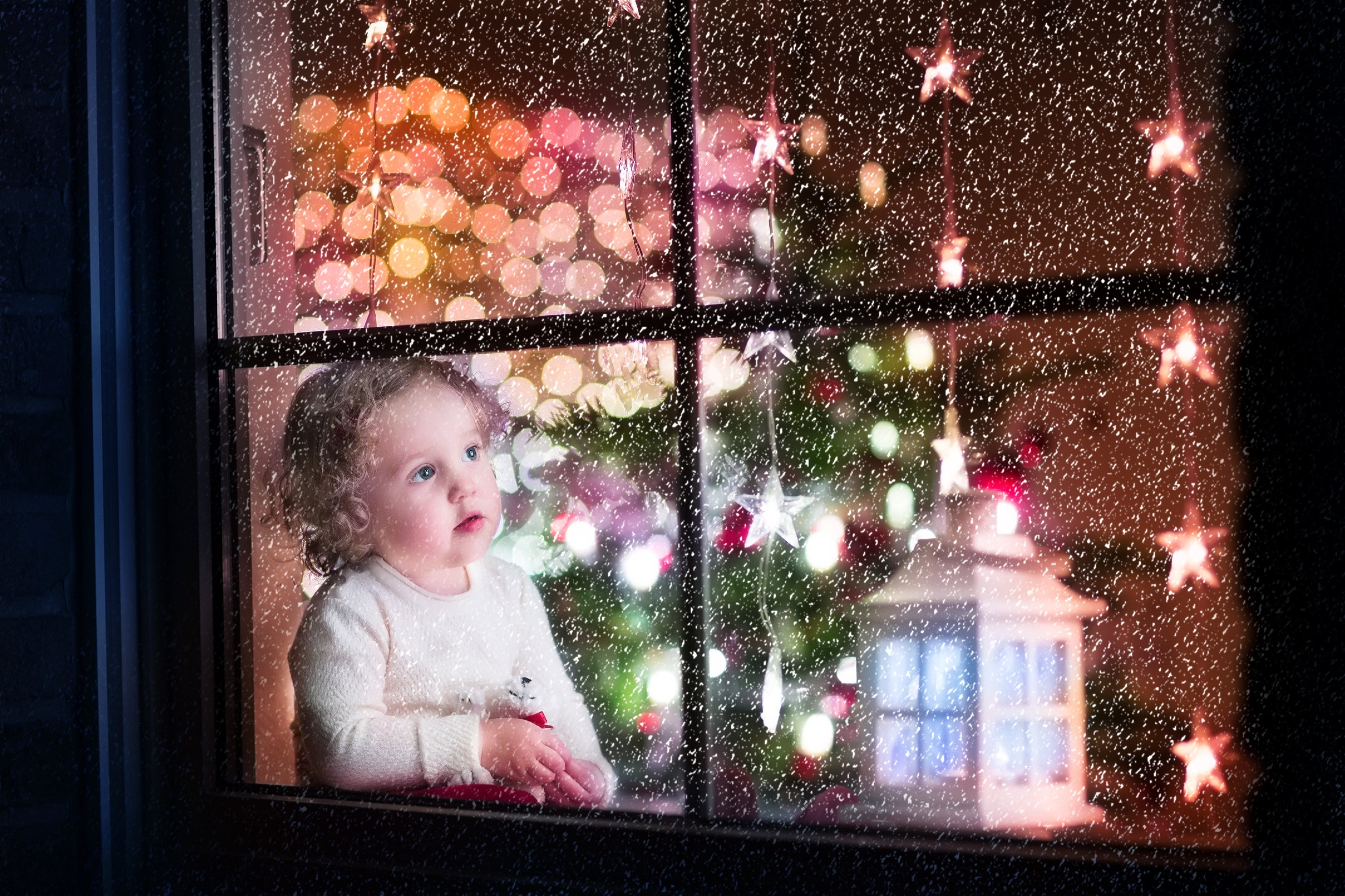
2. Turn Off the Flash
As I mentioned in Top 11 Low-Light Photography Tips: Take Great Images Without a Flash, using your camera or smartphone’s built-in flash can, “create images that appear flat, unnatural, overexposed, and contain harsh and unwanted shadows. With that being said, photographing in low light situations without a flash can be a challenge if you don’t know what you’re doing and can result in photos that are too dark, blurry, or grainy.” One of the easiest and most useful tips for shooting without a flash is to take advantage of natural daylight, but winter means late sunrises and early sunsets, so there isn’t a large window of opportunity here to use natural daylight. There are other little things you can do to get great low-light photos without the use of a flash though. For example:
- Use other light sources (lamps, Christmas lights, candles, firelight, etc.)
- Stabilize your camera with a tripod or by resting it on a table
- Increase your camera’s ISO settings
- Use slower shutter speeds
- Shoot with a wide aperture
3. Learn Very Basic Composition Techniques
The Rule of Thirds is probably the very first composition technique a photographer learns. Why? Because it’s extraordinarily easy to do and can make a large impact on the overall look of a photo. All you have to do is compose your photo so that your subject is positioned along the left-, right-, top-, or bottom-third of a photo. Easy-peasy. The Rule of Thirds in Photography: A Simple Yet Effective Composition Technique provides examples and more information.

4. Incorporate Leading Lines
Whilst on the topic of composition, another technique that can really strengthen your holiday photos is to compose your shots to incorporate leading lines. This technique is nearly as simple as the Rule of Thirds, but does require a bit more of a “photographer’s eye” to make it work. The idea is to draw attention to a main focal point by use of various lines found naturally within objects and scenery. Leading Lines in Photography provides several examples and information on horizontal, vertical, diagonal, converging, and curved leading lines. There are numerous opportunities to take advantage of this technique when capturing holiday photos – the converging lines of Christmas trees, the S curves of ornaments and snowmen, and the horizontal, vertical, and diagonal lines of a skier are all examples.
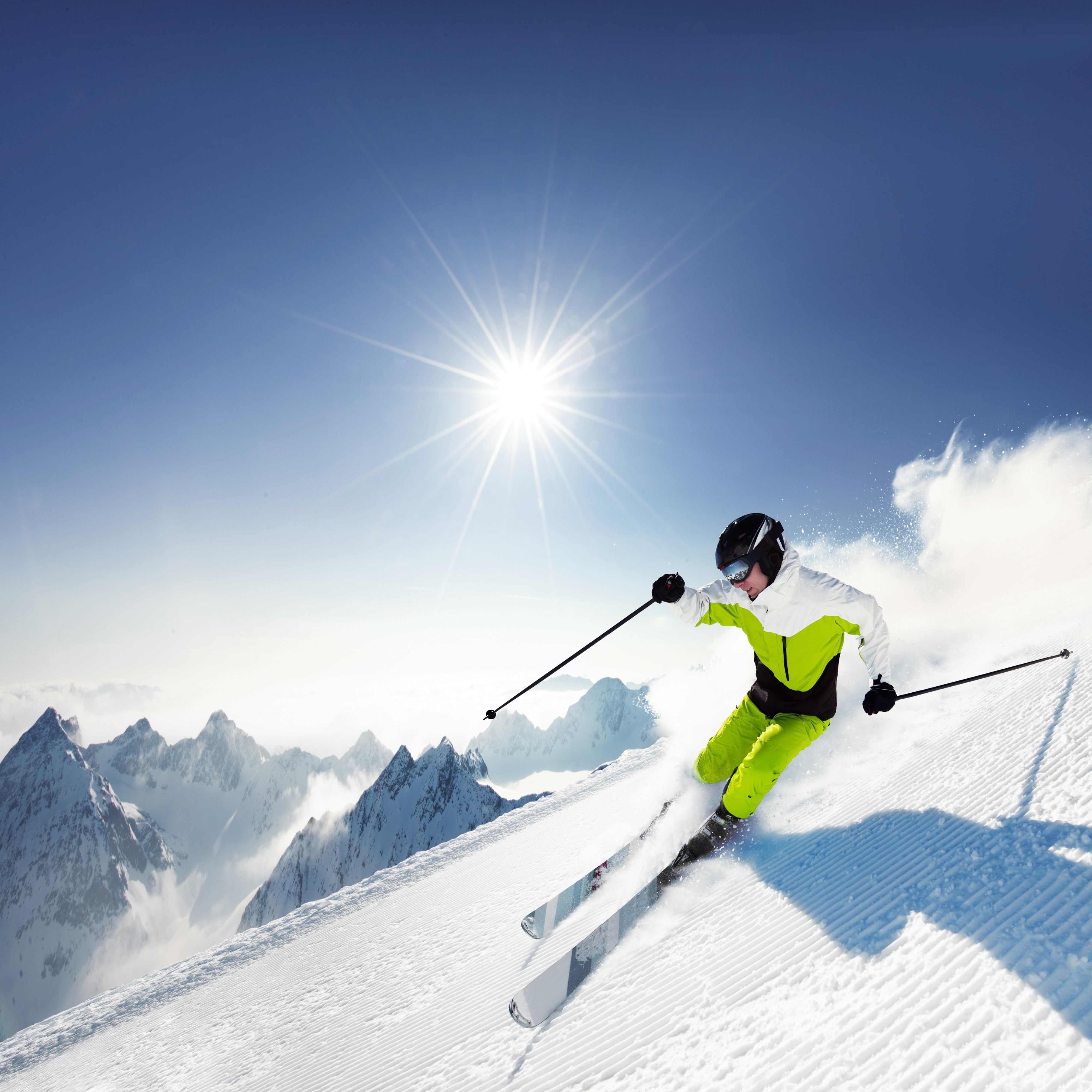
5. Get a Unique Perspective
Sometimes the difference between a ho-hum photo and a great photo all comes down to a very subtle shift in the way you position your camera. Rather than composing your shot straight-on, position yourself and your camera at an upwards angle or stand (carefully!) on a chair to capture the scene from a bird’s-eye-view. You’ll be surprised at how different a photo can look just by moving slightly! Shooting from Different Angles for Better Photos provides more tips on this technique.
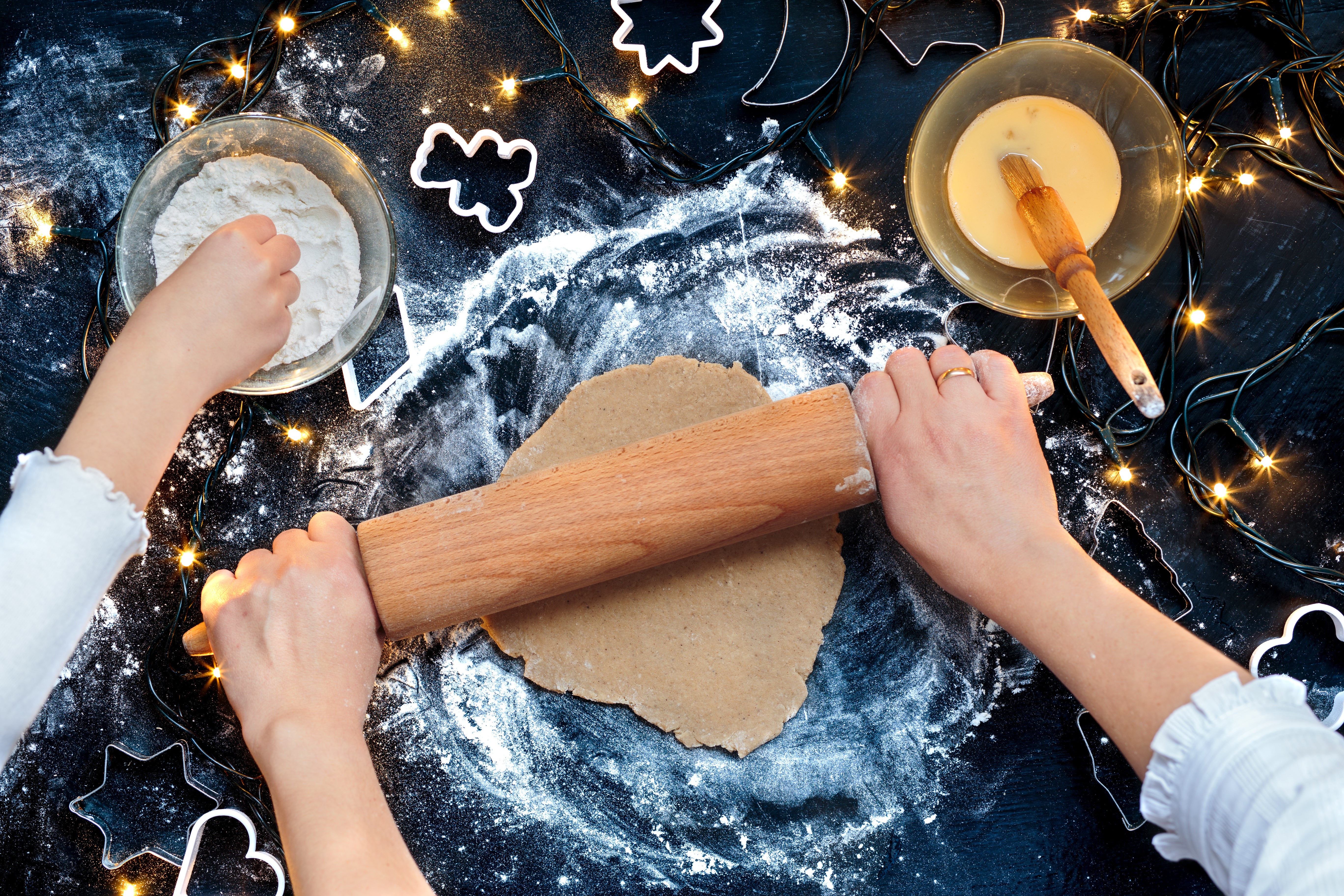
Related: Holiday Photography: Don’t Make These Mistakes!
6. Capture Fun and Candid Group Photos
With so much excitement and activity going on, capturing decent group photos during holiday get-togethers can be a challenge. Taking the “if you can’t beat them, join them” approach, rather than trying to get the perfectly posed photos (because let’s face it, there’s always that one person!), have fun and keep it casual. If you’re not shooting for “perfection,” you’ll come away with photos you’re happier with. Candid shots are great because people aren’t forced into that cheesy, fake smile, so capture the moment when they least expect it. For larger groups, by all means, still group everyone together but let them have fun and be silly, you can get some great smiles this way! Group Photography 101: How to Capture Great Group Photos offers some additional ideas and tips so your Christmas dinner photos will turn out great!

7. Shoot Photos People Want to Touch
Aside from all being holiday and winter-related objects, what do Christmas trees, decorations, snowflakes, woolly mittens, and fruitcake all have in common? They all have great textures that are fantastic to photograph! To quote myself from Including Texture in Your Photography, “Adding texture in your photos can greatly enhance the visual impact. Since images are two-dimensional, including texture in your photography can add a sense of dimension to an otherwise flat photo.
“Photographing texture also adds interest to a photo. Soft, hard, smooth, rough … all of these adjectives describe something we can feel, so when it’s successfully photographed in the form of texture, it adds strength to the photo by creating the desire to touch what is seen.
“Another benefit of including texture in your photography is, when done correctly, it helps accentuate detail in an image by creating contrast between your subject and the textured background.” Like fuzzy mittens against the smooth surface of a mug of hot chocolate!
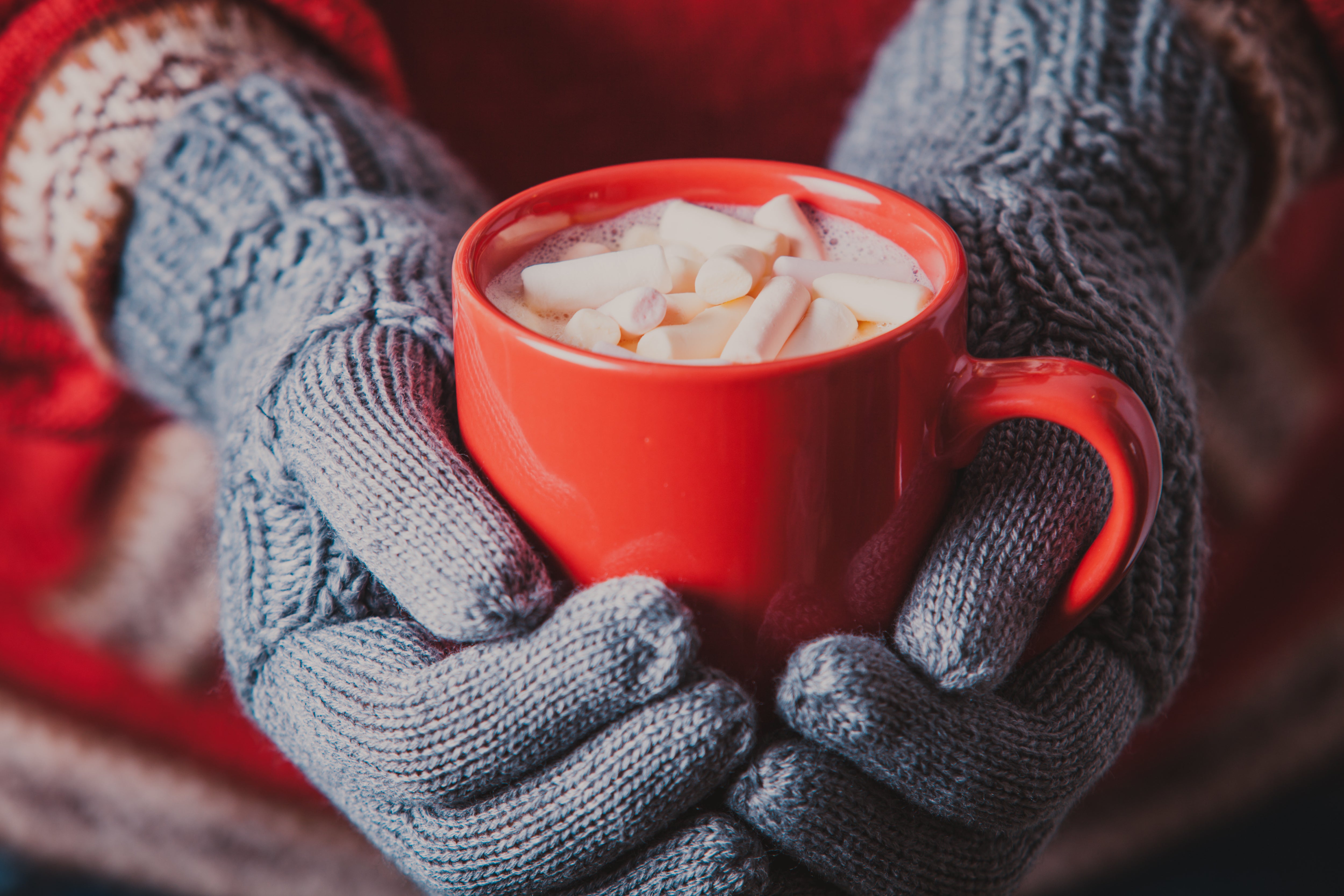
8. Know What to Focus On
Altering the depth of field can have a huge impact on your holiday photos. A shallow depth of field, for example, will eliminate distracting background objects, whereas a large depth of field would be a good choice if you want to keep everything in your frame in focus. Understanding Depth of Field: Photography Basics provides more information on how to achieve the look you’re going for but if you’re looking for a quick tip that requires next to no effort, you can set your camera’s scene mode to Landscape for a large depth of field and Portrait mode for a shallow depth of field.

9. Frame It Before You Frame It
Compositional framing is a creative way to add interest to your holiday photos but does require a creative eye. This technique uses objects within a photo to frame a subject, adding an original point of view and interest to the photo. Compositional Framing: Tips on Using Frames Within a Photo will provide you with several examples. From Christmas decorations and holiday lights to candy canes and wreaths, there are so many different things you can use to frame your subject when capturing holiday photos.
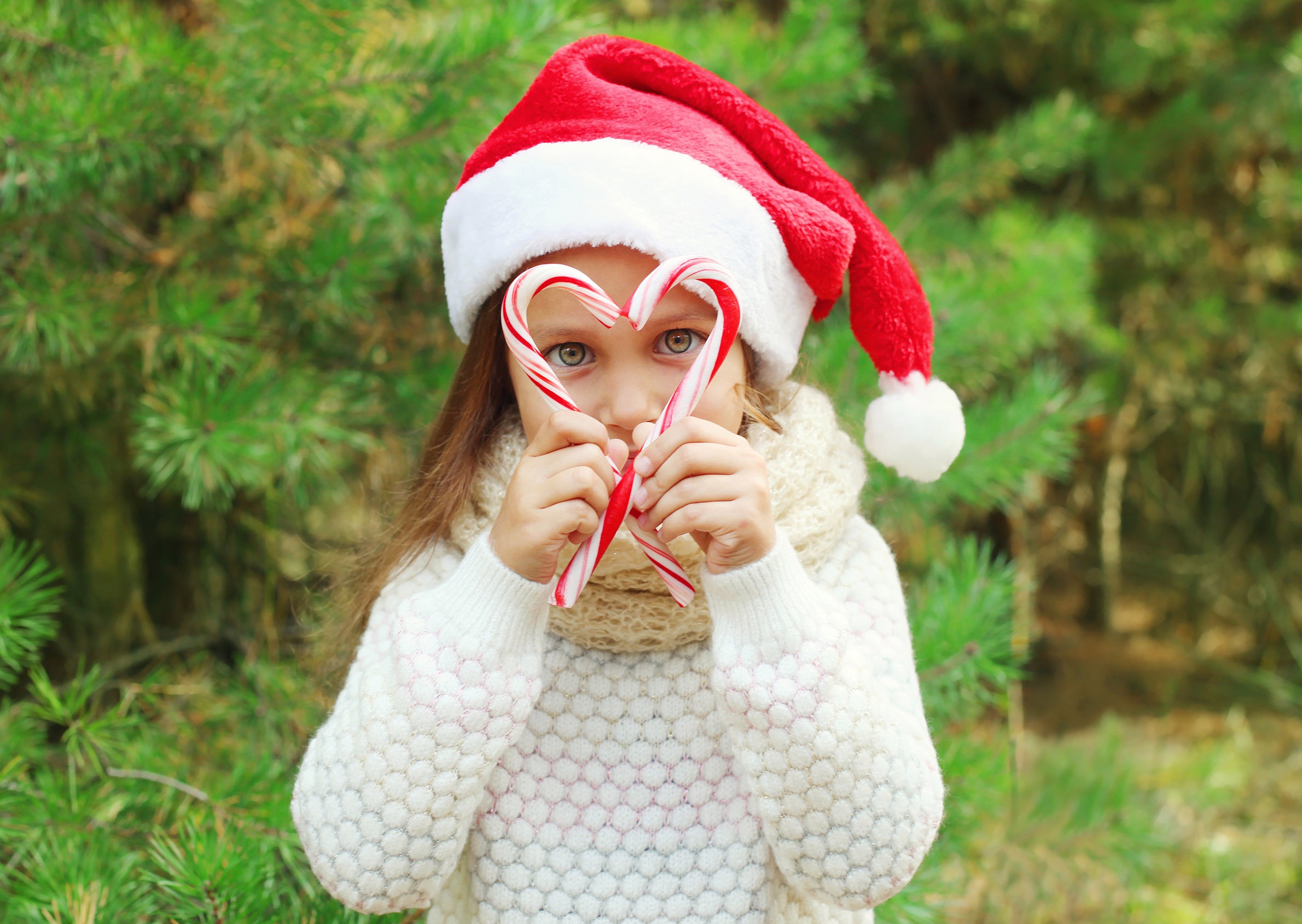
10. Print It!
Taking the time to learn how to capture the best holiday photos is pointless if they’re just going to sit on your hard drive, never to be seen again! You got the perfect images, now show them off! Posterjack offers a variety of amazing photo art products you can customize with your own holiday photos. Check out the Photo Art Product Overview for a glimpse of all the incredible ways you can turn your holiday photos into art!
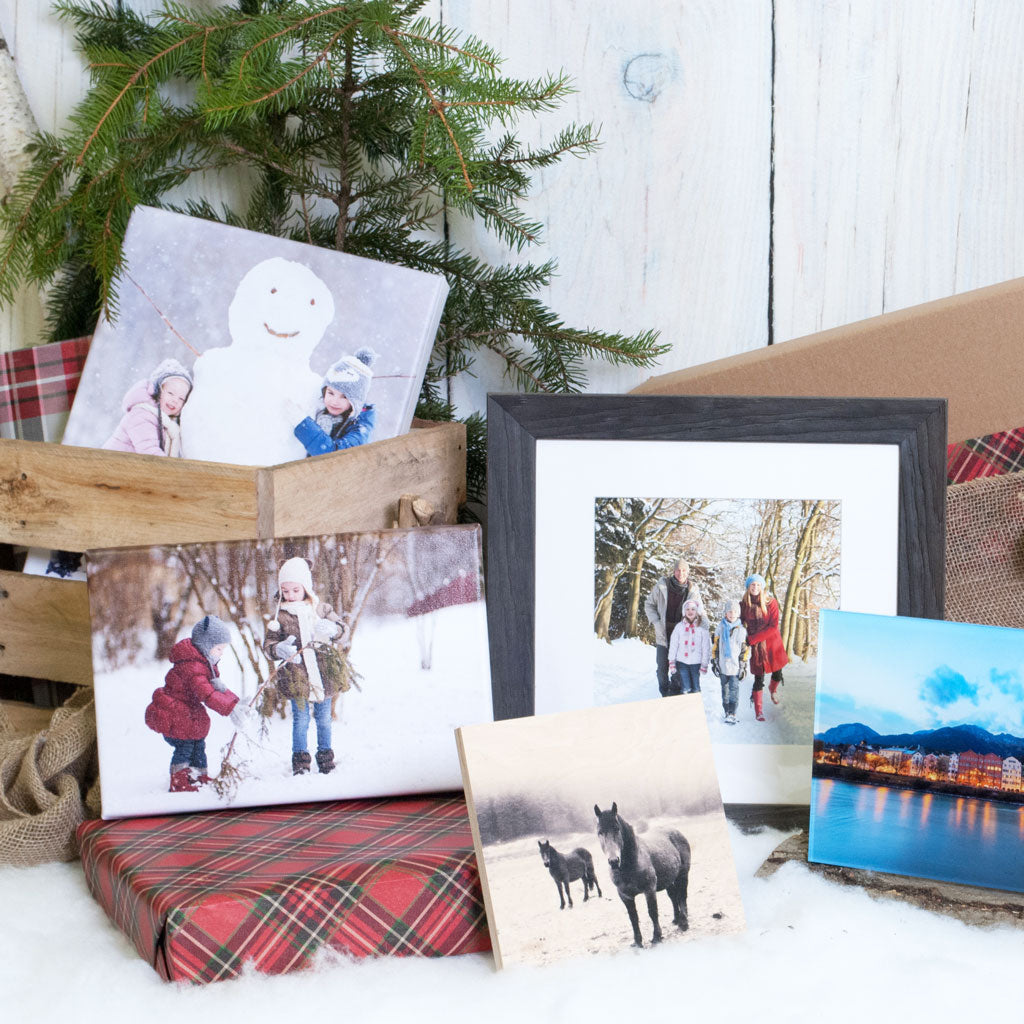
Do you have any holiday photography tips of your own? Leave a comment to share it with us! And if you just received a new camera, be sure to check out Fun Ways to Try Out Your New Camera on Christmas Day!
Merry Christmas!



